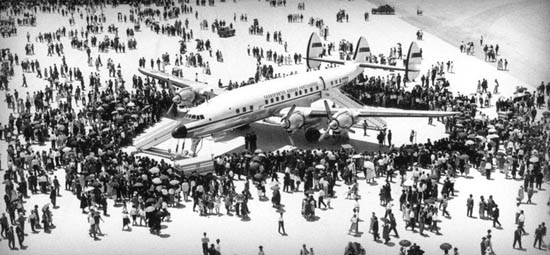
(Source restosdecoleccao.blogspot.com)
the airport of Faro it was finally inaugurated on July 11, 1965, by the President of the Republic Américo Tomás. But this infrastructure was not only inaugurated that day: the access road, between the EN125 and the Airport, was also opened to the public.
The press at the time gave wide prominence to the inauguration of the Airport of Faro, as well as the three-day presidential visit, which Admiral Américo Tomás made to the region.
A primordial source of information about those days, newspaper reporting suffers, however, from the censorship that limited its action and concealed the reality of the events, distorting them. Despite this annoyance, the reports of the time allow us today, at a distance of half a century, to experience those days.
Supported by the editions of “Diário de Notícias”, “O Século” and “Diário de Lisboa”, as well as the weekly newspapers “O Algarve” and “Jornal do Algarve”, we propose to travel to the Algarve for a long time. 50 years.
July 11, 1965, dawned festive in the region. The President of the Republic, Admiral Américo Tomás, accompanied by his wife, D. Gertrudes Tomás, and daughter D. Maria Natália, left the Pousada de São Brás de Alportel, where he had stayed the day before, at 9:30 am in the direction of Faro.
Wearing the white uniform of an admiral, the Head of State crossed the town of São Brás on foot where he was greeted by the local authorities and the population, who threw multicolored papers and petals in his path.
Avenida and Largo de São Sebastião were “decked with hangings and quilts that hung from windows and balconies”. According to “O Século”, the village had a “joyful aspect of its great days”.
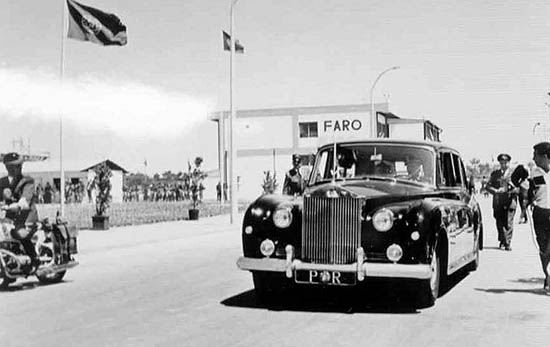
Local firefighters formed the honor guard and a music band played the national anthem, “inclining the banners of the collectives in salute”.
The presidential entourage then left for Faro. In Pontinha, then at the entrance to the city, where a few hundred people were concentrated, the President took his seat in an open car, continuing the journey along Rua de Santo António to Arco da Vila.
The streets were decorated with quilts and hangings, flags and pennants, and as they passed, the public threw flowers and colorful papers.
After the reception by the local entities in Arco da Vila, and the keys to the city handed to the Head of State by the Mayor, Major Vieira Branco, the delegation walked to the City Hall.
This was, according to the “Diário de Lisboa”, “visibly decorated”. Hundreds of people were waiting at Largo da Sé, covered with a lush carpet of reeds and macela, the illustrious visitor.
A review was passed to the honor guard, formed by volunteer and municipal firefighters from Faro, the Head of State unveiled, in the middle of the staircase that leads to the noble floor of the Paços do Concelho, a tombstone alluding to the visit, next to another one placed there, during the visit of General Carmona, in 1932.
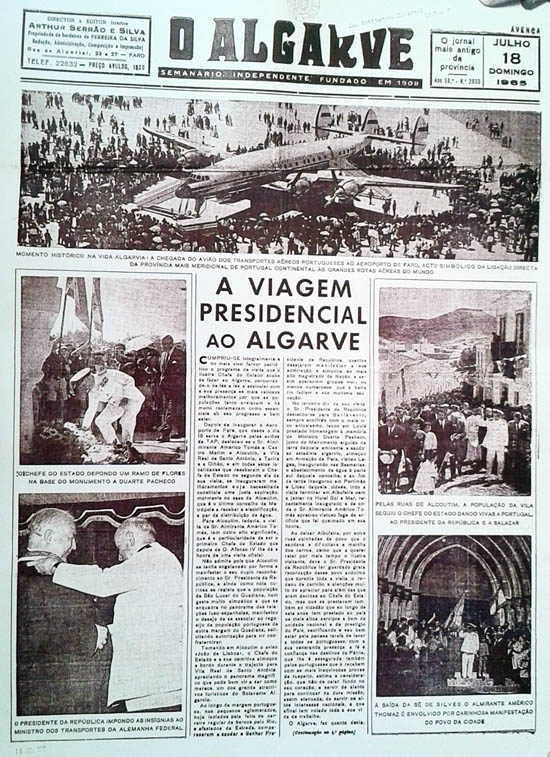 The president of the Chamber gave a welcome, in a solemn session. In his speech he mentioned that “your visit. In addition to this general guideline, this city has the aim of inaugurating the greatest improvement ever carried out in the province. I am not the right person to thank you on her behalf, but the fact that the airport is located in the municipality of Faro, although largely transcending it, makes it impossible to silence the thanks of the entire population”.
The president of the Chamber gave a welcome, in a solemn session. In his speech he mentioned that “your visit. In addition to this general guideline, this city has the aim of inaugurating the greatest improvement ever carried out in the province. I am not the right person to thank you on her behalf, but the fact that the airport is located in the municipality of Faro, although largely transcending it, makes it impossible to silence the thanks of the entire population”.
Admiral Américo Tomás' speech followed, in the prosaic way that characterized him, having, at one point, congratulated the Algarve “for this great improvement, which is not just an improvement of the Algarve, because it is an improvement of the whole country. All the inhabitants of this region are happy today and not only they should be happy.”
After the session, the President of the Republic and the other delegation went to the Cathedral, where they attended a homily given by the Bishop of the Algarve, D. Francisco Rendeiro, assisted by the parish priest of the Sé, Dr. Henrique Ferreira da Silva.
After the religious service, the delegation converged on the Bridges of Marchil, where around midday, and at the confluence with the EN125, Admiral Américo Tomás inaugurated the new road to the airport.
This one was flanked in the initial section by a numerous and well equipped group of stonemen.
The infrastructure, estimated at 5 thousand contos, had an 11-meter platform and an 8-kilometer extension to Praia de Faro.
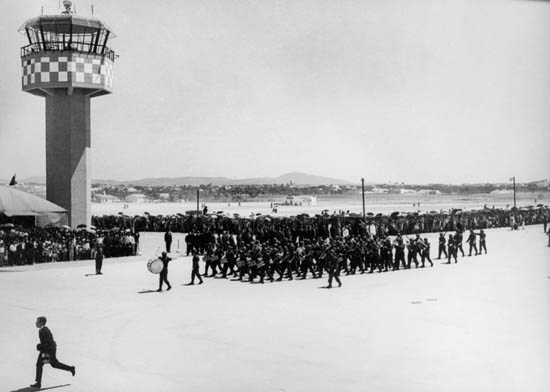
The entourage then proceeded to the airport. Next to the enclosure's fences, and “attracted by the consummation of an improvement that undoubtedly marked the realization of one of the strongest aspirations in the entire province, there were thousands of people, who expressed without hesitation their most lively satisfaction at the conclusion of the work. and for the honorable presence of the Chief of the Nation”, in the words of “O Século”.
There, waiting for Admiral Américo Tomás the director of the airport, Manuel Torres de Mendonça Alexandrino, as well as the minister of Communications, Eng. Carlos Ribeiro, and the general director of Civil Aeronautics, Eng. Vítor Veres. The latter traveled to the Algarve by plane, a special Dakota, which landed in Faro around 11 o'clock that morning.
North of the main runway, a battalion of three companies, made up of trainees from the Tavira Militia Sergeants Instruction Center, with flag, band and fanfare, under the command of Major Alcobia Cirne, guarded the honor of the President of the Republic that, after playing the national anthem, reviewed the graduation.
This was followed by the parade in salute, before the Head of State, who took place on a small platform, accompanied by the Minister of the Army and commander of the 3rd Military Region.
At 12:30 pm, the TAP Super-Consttelation plane, “Infante D. Henrique”, landed on the runway. .
Shortly thereafter, several light aircraft arrived from various air clubs in the country, thus associating themselves with the festive act.
With the congratulations to the President of the Republic by the individuals who disembarked, the ceremony of blessing of the facilities was held next to the command tower, by Bishop D. Francisco Rendeiro, who said: “The Algarve has dreamed of this improvement for many years, and, lately, he saw in it the means of rising to the level of an international tourism zone. Today he saw that joy and confidently hopes that it will translate into the future reality dreamed of in recent times”.
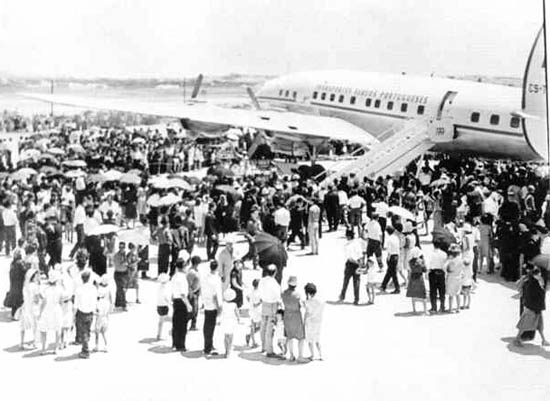
In an open-air pavilion, also next to the tower, the solemn session was held. Once the session was opened, the Head of State handed over the Grand Cross of the Order of Infante D. Henrique to the Minister of Communications of the FRG, in recognition of the support provided in the construction of several Portuguese airports.
The minister thanked him, recalling, according to "Diário de Notícias", that "this airport will be important for the strengthening of our relations, through the coming of German tourists to get to know this beautiful province and enjoy the high qualities of Portuguese hospitality."
The speeches followed, having started the general director of Civil Aeronautics, who referred to the importance of the airport as a fundamental element in the air connection of all parts of the territory, as well as the use of Portuguese technique, labor and materials in the work. , with the exception of certain specialized equipment.
He was succeeded by the civil governor of Faro, Dr. Romão Duarte, who recalled the region's natural conditions: “from the gentleness of the waters and the golden sands of its beaches to the green freshness of the slopes of the Monchique mountains – they are, from today to the future, with easier access, which allows us to admit that the influx of visitors becomes more and more intense”.
In turn, the Minister of Communications said, at one point, that “from now on, this beautiful province that forms the income of the continent's beaches, which has an enormous potential of wealth, attractions and customs, whose people he has innate qualities of work and initiative and has a decisive element for his progress and for the enhancement of his tourism. TAP planes will start to climb Faro three times a week and more will come here when traffic needs dictate.”
Finally, said the Head of State, who, in a usual speech, recalled the importance of this inauguration for the district and for Portugal.
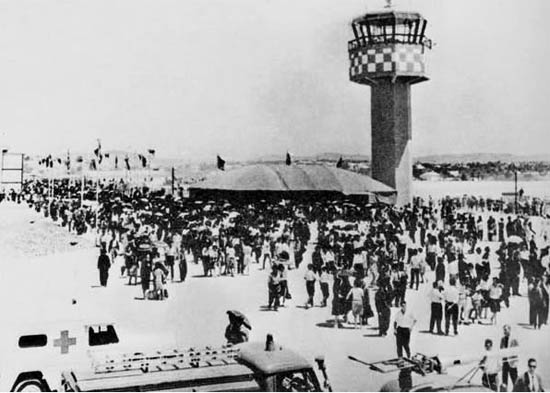
The president then awarded eight individuals, linked to aeronautics and the airport of Faro, including Vítor Manuel da Silva Ribeiro, managing partner of the company Alves Ribeiro, the airport's construction company.
At the end of the session, and in times when there were still no strong security measures available today, the delegation visited the command tower, then headed for the main building, where Admiral Américo Tomás unveiled a tombstone commemorating the inauguration .
Upstairs, guests were served a free lunch, made by the Estalagem de S. Cristóvão, in Lagos.
After the meal, the Head of State moved to the Pousada de São Brás, from where he left at the end of the day to visit the Maritime Museum Ramalho Ortigão and Ethnographic Museum of the District Council of Faro, followed by a banquet offered by the civil governor, in the Paços da Concelho building. At 16:00 pm the plane “Infante D. Henrique” left Faro and returned to Lisbon.
Algarve Airport was inaugurated and in operation, with a staff of around 100 employees.
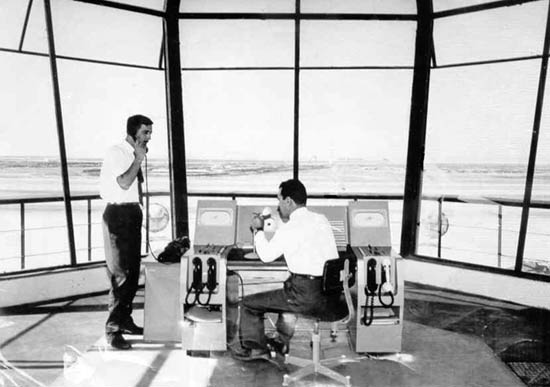
The previous year, Admiral Américo Tomás had opened the Funchal airport and in 1960 it had been the turn of Porto Santo. In the following years, São Miguel (1969) and Horta (1971) would be inaugurated. if Faro it had no primacy, nor was it the last.
Once the airport was inaugurated, the presidential visit continued, and with it the Algarve opened the front pages of the newspapers, for another two days.
The following day, the President toured the Sotavento, with the inauguration of the water and electricity supply to Alcoutim (the last county seat in the country to have electricity), as well as the clinical post of Vila Real de Santo António, and also the passage through Castro Marim, Tavira and Olhão.
On the 13th, Américo Tomás visited Loulé, Armação de Pera and Silves and inaugurated in Lagoa the completion of the water supply, to the southern sector of the municipality (Sesmarias), and the Liceu in Portimão, with a capacity for 1200 students.
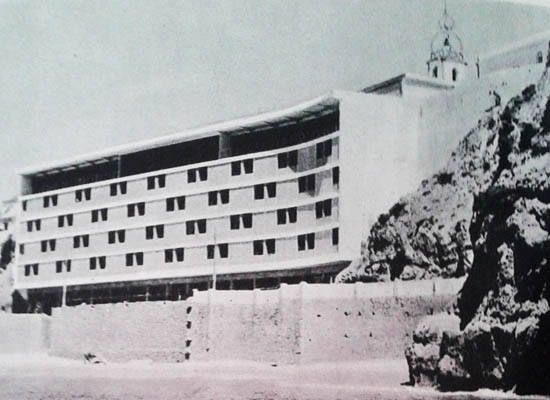
The visit ended with a banquet at the brand new Hotel Sol e Mar, in Albufeira, which was followed, in the words of “Jornal do Algarve”, with a “dazzling fireworks session in the bay”.
The following morning, Admiral Américo Tomás, after staying overnight at the Pousada de São Brás de Alportel, also traveled by car to Lisbon.
The press, which was not unaware of the omnipresent censorship, described the visit as a triumphal and acclaimed journey to the Salazar regime, to which the Algarvians joined, as evidenced by the photographs published in the newspapers.
Other improvements and other visits would follow in the following years, but no other infrastructure, inaugurated at that time, was as structuring for the region as the Airport.
One of the nova página in the history of the region was now open. A year later, the airport had already had around 59 passengers, a number that has been rising steadily, surpassing 000 million in 6, with passengers coming mainly from the United Kingdom, Germany and Ireland.
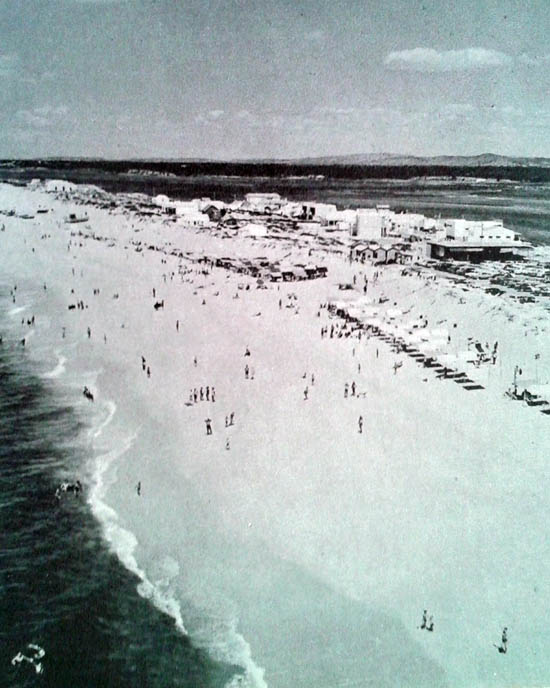
The predictions of the speakers at the inaugural ceremony were fully fulfilled. Tourism, which was already emerging, became the economic engine of the region, and the wealth it brought to the Algarve and the Algarve in general, used to another reality, materialized in the expression “the passes of the Algarve”, is unquestionable.
REFERENCES
Newspaper “O Século”, 11 to 15 July 1965
Newspaper “Diário de Notícias”, 12 to 14 July 1965
Newspaper “Diário de Lisboa”, July 10th to 13th, 1965
Newspaper “O Algarve”, 18 and 25 July 1965
“Jornal do Algarve”, 03, 10 and 17 July 1965
Photos
– Opening of the airport: http://restosdecoleccao.blogspot.pt/
– Algarve in 1965: COSTA, Jorge Felner; Algarve, Tourism Collection No. 13, Lisbon, 1965
Author Aurélio Nuno Cabrita is an environmental engineer and researcher of Local and Regional History
Read also Airport Faro opened 50 years ago – from the beginning to the realization
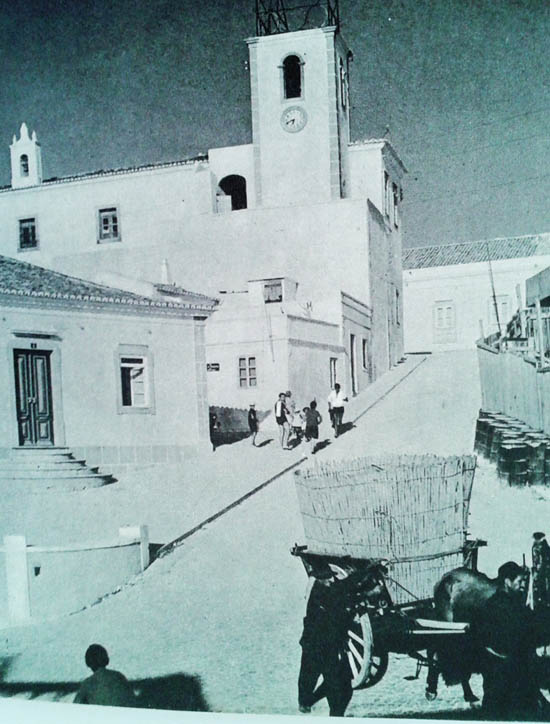
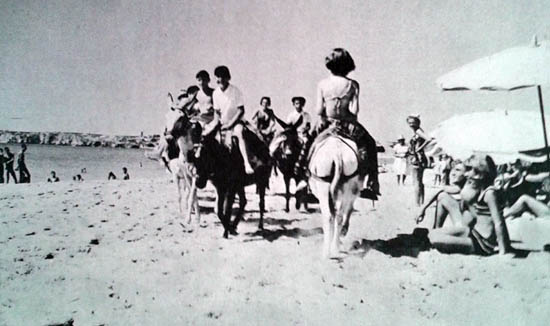
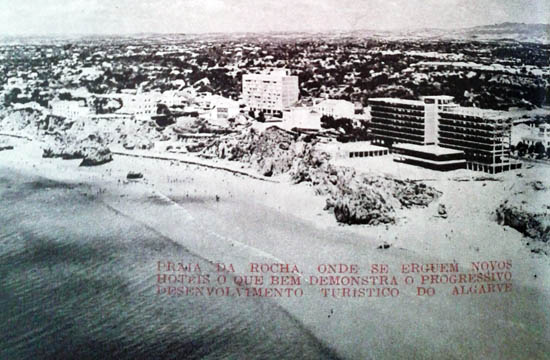
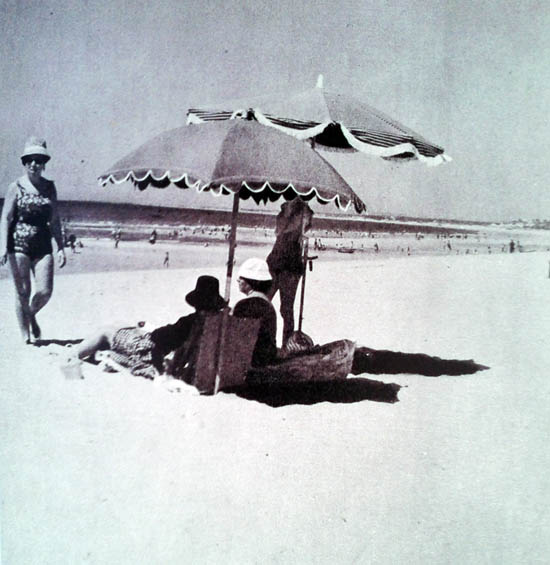


















Comments